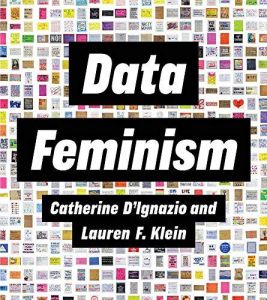What gets left out of datasets can be interesting and as telling as what gets left in. Catherine D’Ignazio and Lauren F. Klein ask: Who decides? They illustrate their “seven principles of data feminism” through campaigns and creative projects. Though aimed at data scientists, “data visualizers” and anyone relying on data to make their arguments – which means everyone – will find much to ponder. Considering the source has never mattered more.
Feminism holds that the sexes should be equal politically, socially and economically. Data now informs feminist activism.
Feminists strive for “co-liberation:” Nobody is free until everybody is free. They use data to show how systems of oppression harm everyone.
“Intersectionality” describes the intersection of marginalized identities – for example, the inequalities Black women face are not only racially based, but also gender based. The term explores how oppression and privilege intersect to maintain systemic discrimination. Racism, sexism, homophobia, ableism and classism form systemic oppression.
Oppression so embeds in everyday life – and datasets – that people aren’t aware of it.
Sociologist Patricia Hill Collins explains the “matrix of domination” as four “domains.” The “structural domain”– one of the four domains –“codifies oppression,” for example, in laws and through the institutions that uphold them. Originally, states defined voters as property owners. Only men could own property, so only men could vote. Congress redefined voting as a right of “male citizens.” In 1920, most women gained suffrage, but states imposed barriers...























Comment on this summary